The Lost Art Colony of Greenwich, Connecticut
Find out how you can visit the picturesque site that attracted artists and writers from NYC!


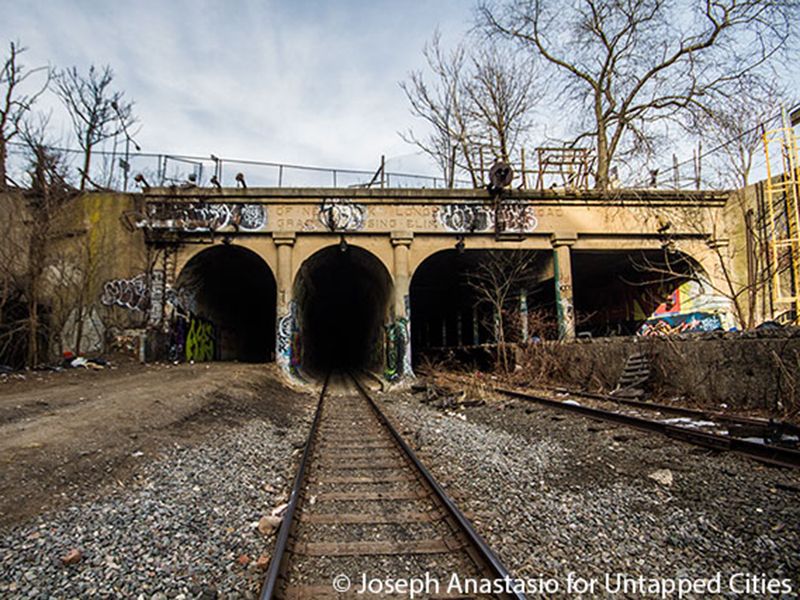
When people think of the New York City underground, they usually think of the vast subway system, the sewers, or the water tunnels buried deep in the bedrock. Far lesser known are the city’s obscure tunnels that often run from building to building, or through lesser documented parts of the city. Here’s a peek at 7 such locations that will make you question what other hidden subterranean passageways sit beneath your feet.
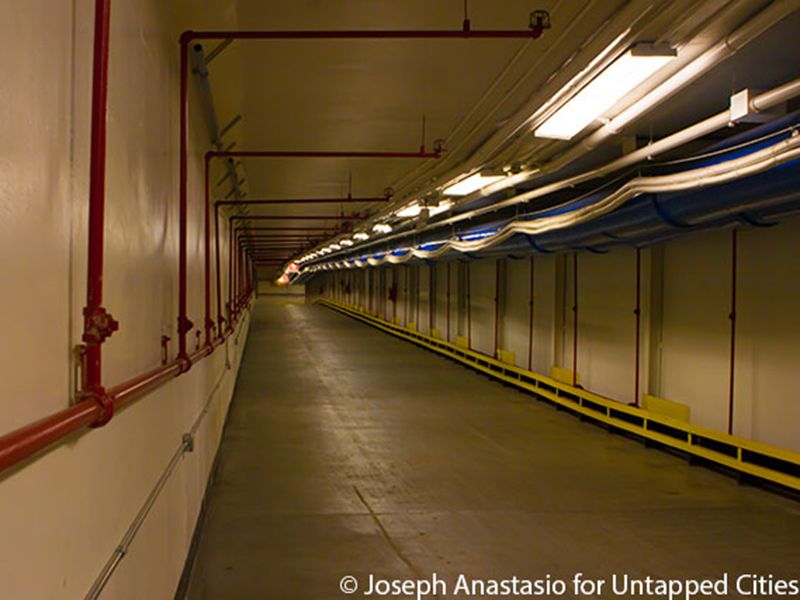
One of the least known tunnels in New York City is the postal tunnel that runs under the east side of 9th avenue between the Morgan sorting facility and the basement of the James A. Farley post office. This heavily secured road tunnel was used to move mail to and from a special ‘secret’ platform at Penn Station, where letters and packages would arrive on Amtrak trains. Amtrak even had a special ‘mail only’ train for a few years, running along the northeast corridor.
The train stopped hauling mail in the early 2000s, and the stairs and elevators to the platform were sealed shut. In the post office on special occasions, you can still experience the loading area and the lookout gallery, which was once used as the location for a Storefront for Art and Architecture installation. On a regular visit, don’t miss the Museum of Postal History, which contains a fun vintage collection of mail paraphernalia from the United States and other countries.
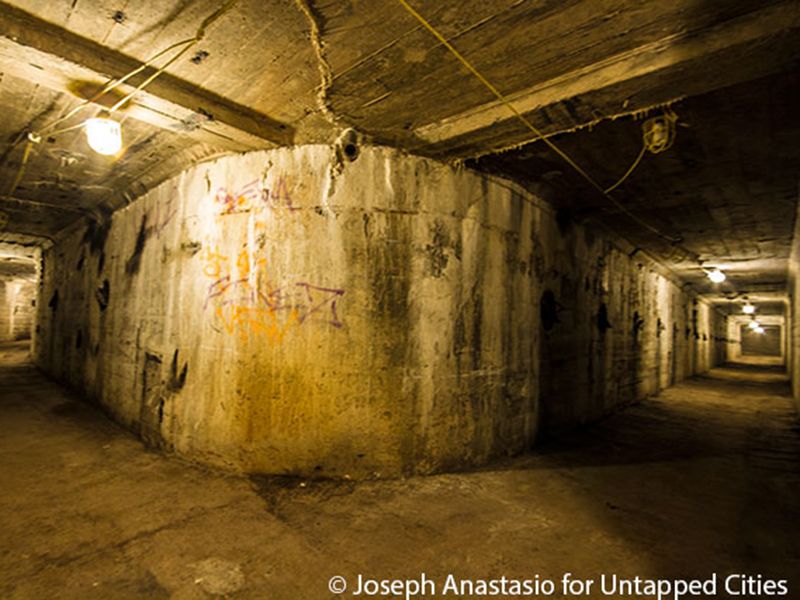
McCarren Pool is best known as northern Brooklyn’s biggest public pool. It was built in 1936 as one of eleven public pools built with WPA funding. These massive pools were built with enormous filtration and heating systems, along with underwater lighting. Unlike its counterparts, McCarren Pool did not undergo renovations in the 1980s, causing it to fall into disrepair and eventually closed in 1984. After its restoration, McCarren Pool reopened in 2012.
To support its behind-the-scenes infrastructure, McCarren Pool features a rarely seen tunnel network that rings the perimeter of the pool, connecting a former boiler room under the entrance arches to the filtration plant in the rear. In its prime, the tunnels greeted the pool’s employees who sought the boiler room and other hidden infrastructure.

The East New York freight tunnel is widely known among explorers and graffiti artists, though rarely mentioned online. This former four-track tunnel only contains one active track today, while another is used for storage. The freight tunnel was built in 1916 as part of a project to eliminate rail and street crossings. The only train that runs through here today is a short-haul freight train hailing from Fresh Pond yard and running down to Bay Ridge.
You have probably seen this tunnel in movies and television shows as the low volume of trains running through it — one or two a day — makes it an ideal location for video shoots. The East New York freight tunnel contains an abandoned train platform too, which was once part of the New York and Manhattan Beach Railway. Passenger trains stopped running through the tunnel in May 1924.
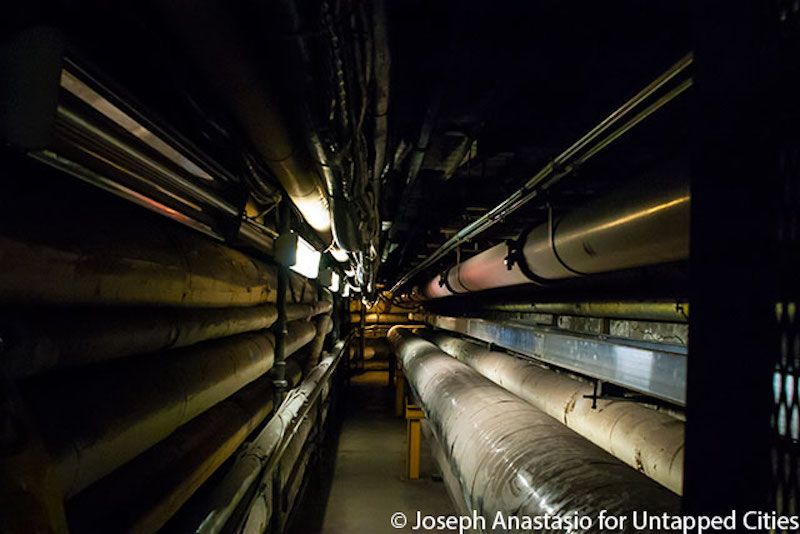
Columbia University‘s steam tunnel system dates back to the campus’ time as the Bloomingdale insane asylum The tunnels are very labyrinth-like, with some appearing well maintained while others seem to be seldom used. The walls are scrawled with graffiti that includes molecular structures, Latin quotes, poetry, Bible passages, ahd pop culture references. At one time the tunnels lead to the abandoned basement of Pupin Hall, where early research for the Manhattan Project took place. An abandoned cyclotron could be found here until 2008 when it was removed and presumed destroyed.
Today, students face disciplinary repercussions if they are caught in the forbidden passageways beneath their college. However, this does not stop the curious explorer from venturing below the streets of Morningside Heights. The tunnels are also a draw for photographers and performance artists such as Miru Kim, a Columbia graduate whose photo series Naked City Spleen emphasizes the contrast between the human form and the man-made industrial structures that surround us.
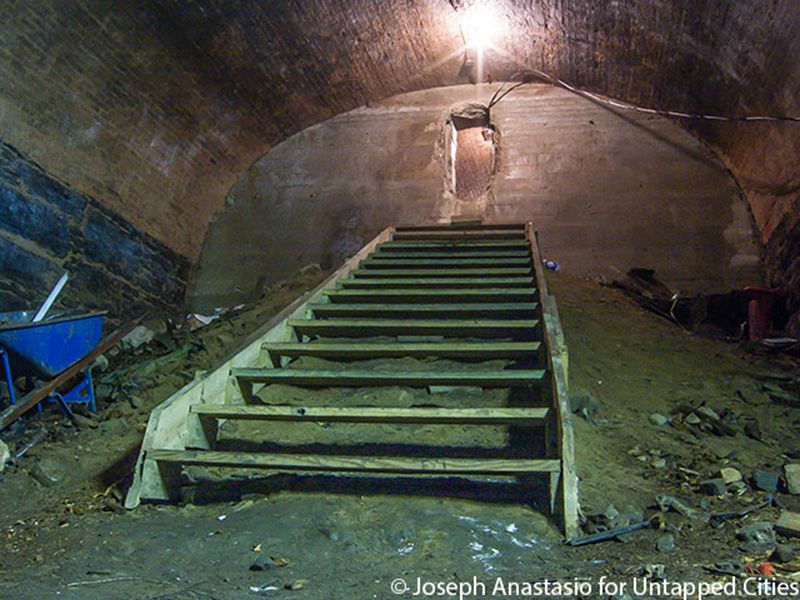
The Atlantic Avenue tunnel, which is also known as the Cobble Hill Tunnel, is a former Long Island railroad tunnel under its namesake avenue in Brooklyn. Constructed in 1844, it is the oldest tunnel under a city street in North America. The tunnel closed in 1861, lying dormant until Brooklyn trolley enthusiast Bob Diamond rediscovered it in 1981.
Diamond gave weekly tours of this tunnel for years until the city deemed it too risky — “He’d lug three plastic orange barricades out to the middle of Atlantic Avenue, pry off the manhole cover with a crowbar, and steady a thin ladder into the narrow shaft, the only entrance to the tunnel. Tourists would line up in the middle of the busy road, descending one by one into a tight passageway,” Adrianne Jeffries wrote in The Verge . Diamond believed that there may be an old locomotive behind a wall that blocks off part of the tunnel, though any plans to find out had been shelved, pending a lawsuit that has since been settled. The mystery continues, though Diamond was nearly certain the train is buried there.
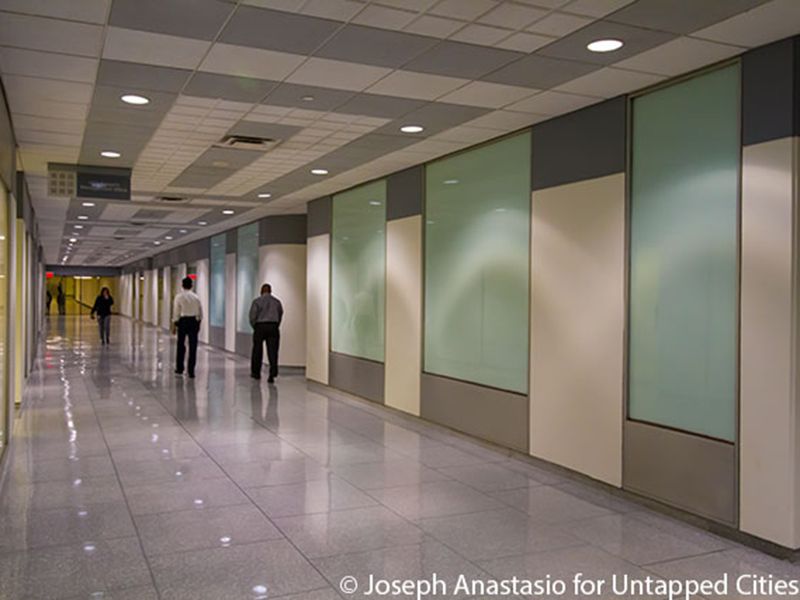
This obscure tunnel is hidden in plain sight and open to the public. Anyone who has gotten off the subway at 47-50 St-Rockefeller Center is familiar with the large concourse that surrounds the subway station, offering access to various stores and the basement of Rockefeller Center, where one can buy tickets for Top of the Rock.
A far lesser known portion of this concourse can be found hidden behind a door that simply looks like it leads into another generic office building. At the far northwest corner of the subway concourse, you will find a set of revolving doors labeled “1271 6th Avenue.” Entering these doors is actually like entering a whole other subterranean world. You are greeted by the cleanest, brightest underground space in midtown. A long hallway ducks into building basements and works all the way up to 1285 6th Avenue between 51st and 52nd streets, and as far west as the breezeway behind 777 7th avenue.
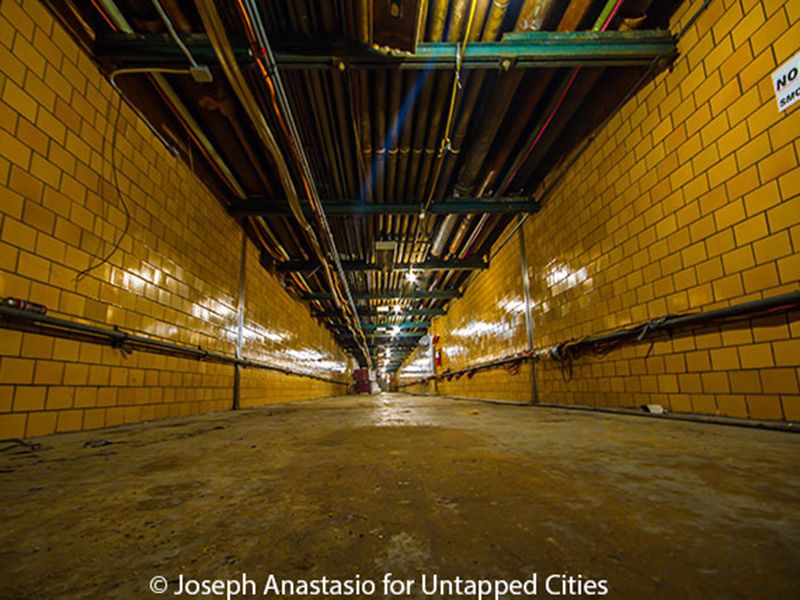
Before it was demolished in 2014, the Goldwater Hospital complex on the southern end of Roosevelt Island was interconnected by a very long basement-level tunnel that ran like a spine under the hospital’s six buildings. The tunnel connected the hospital to a steam-generating plant that still stands.
In 2015, LTVSquad snuck into the tunnels and used the passageways to access all of the complex’s buildings before they were bulldozed to make way for the Cornell NYC Tech campus. The science and technology-focused campus was born out of a 2010 competition that called for the development of an applied sciences campus within the five boroughs. This idyllic location comes at a cost: there is the prospect of sea level rise and future storm activity. As a result, campus buildings are situated on a man-made earth mound lining the center of the island.
Next, check out 7 abandoned subway stations in NYC. Joseph Anastasio runs the urban exploration site, LTVSquad.
Subscribe to our newsletter